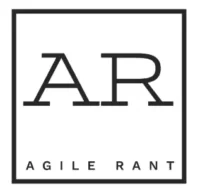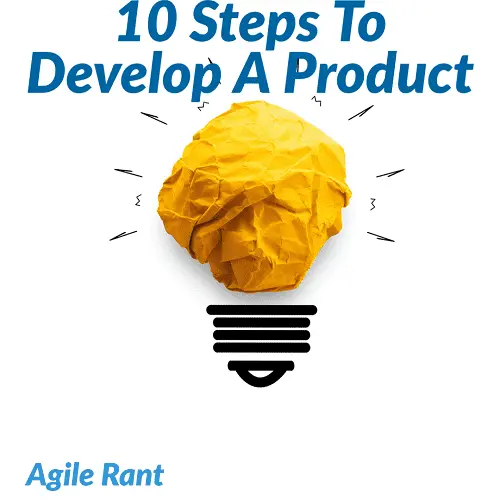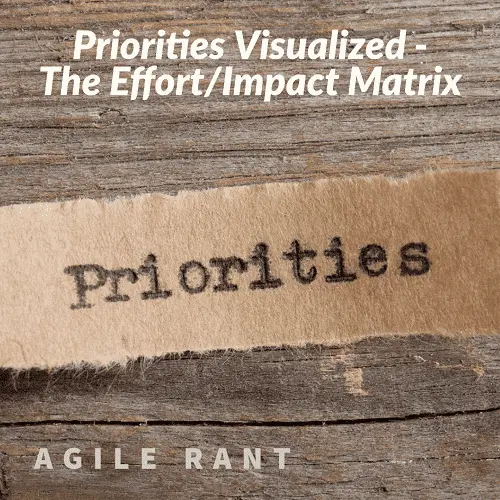The product development process can be an exciting and rewarding journey, but it requires careful planning and execution. From ideation to launch, there are several important steps involved in the product development process. In this article, we will explore the key stages of product development and the steps to develop a product.
Ideation:
The first step in developing a new product is generating ideas. This can be done through brainstorming sessions, market research, customer feedback, or by identifying gaps in the market. Encourage creativity and open-mindedness during this stage to generate a wide range of ideas.
The product development process starts with an idea. You must have product ideas to work from, to take into the rest of the process and truly develop a viable product. These can be from the Product Manager or anyone on the team. But it’s important to continue to bring in and evaluate new ideas. Innovation requires new ideas.
Concept Development:
Once you have a list of potential ideas, it’s time to refine and evaluate them. Consider factors such as market demand, feasibility, competitive advantage, and alignment with your company’s goals. Narrow down the ideas to a few strong concepts that have the potential for success.
Research and Analysis:
Conduct thorough market research to gain insights into the target audience, market trends, and competitors. Identify customer needs, preferences, and pain points to ensure your product meets a genuine demand. Analyze the competitive landscape to identify opportunities and potential challenges.
Identify supporting details like your target market, potential customers, cost, objectives, and the metrics you will use to measure success. Or understanding your product to market fit. There is much that could be said for this process of research and analysis. It is a big part of product management.
Design and Prototyping:
In this stage, the chosen concept is transformed into a tangible product design. Collaborate with designers and engineers to create detailed product specifications, sketches, and digital or physical prototypes. Iteratively refine the design and create multiple prototypes to test functionality, usability, and aesthetics.
It is also absolutely critical to get real feedback of these items from actual users. Projects often fail to include time for this, and it is a big miss.
Testing and Validation:
Before moving forward, it’s essential to validate your product concept and design. Conduct user testing and gather feedback from your target audience to identify any potential issues or areas for improvement. Use this feedback to make necessary adjustments and ensure that your product meets customer expectations.
Testing and validation, like mentioned with user feedback before, is another item that is often cut short in projects. Don’t minimize the importance of these items as it increases your risk tremendously.
Manufacturing and Production:
Once the design is finalized, it’s time to move into the manufacturing and production phase. Determine the most suitable manufacturing method, source materials and components, and establish relationships with suppliers. Create a production plan, set up quality control processes, and ensure compliance with relevant regulations and standards.
Marketing and Branding:
As your product nears completion, develop a comprehensive marketing and branding strategy. Identify your target market, define your unique selling proposition, and create a compelling brand identity. Develop marketing materials, packaging, and messaging that effectively communicate the value and benefits of your product.
Further evaluation of a product to market fit can be done here. Fine tuning details to help with launch. Don’t rush to the next step, the launch, without a solid marketing strategy or marketing plan.
Launch and Distribution:
Plan a strategic launch for your product, considering factors such as timing, pricing, and distribution channels. Develop a sales strategy, establish partnerships with retailers or distributors if necessary, and create a buzz through marketing campaigns and promotions. Monitor the initial response to your product launch and make any necessary adjustments based on customer feedback.
Post-Launch Evaluation:
After the product is launched, closely monitor its performance and gather customer feedback. Evaluate sales figures, customer satisfaction, and market response to assess the success of your product. Identify areas for improvement and iterate based on customer insights and changing market dynamics.
Projects often end at implementation. Forgetting the evaluation of this step, as well as the next. That is a mistake. Don’t forget those items.
Continuous Improvement:
Product development is an ongoing process. Regularly gather feedback from customers, track market trends, and stay updated on industry advancements. Use this information to continuously improve your product, introduce new features, address customer needs, and stay ahead of the competition. Remember that it is not necessarily a finished product, you have to continuously improve to get to real success.
In conclusion, the process of developing a product involves several key steps, from ideation to continuous improvement. By following these stages and taking a systematic approach, you can increase the chances of creating a successful and marketable product that meets customer needs and drives business growth.
Additional content after the steps to develop a product
According to Shopify, here are the 7 steps to develop a product. A good read on product development and recent, as it was written as the steps to develop a product in 2023.
An item not mentioned here is the development of a good product roadmap. This helps evaluate priority of items and helps navigate to success.
Create a product development template Though they sound almost identical, there’s an important difference between product development and product management.
Source: asana.com


